You’re lounging on a sun-soaked beach in Cancun with the rhythmic sound of waves gently lapping against the shore. The warm Mexican sun kisses your skin while the gentle sea breeze rustles the palm trees overhead, and you have a refreshing drink in your hand. Except… You’re not in Mexico and, no, it’s not a margarita or a shot of tequila.
Got the picture?
We’re taking you on a flavorful journey through Mexico’s rich history of beverages, including their origins and cultural significance, and teaching you how to mix them at home to enjoy with your friends.
Ready to get all the fun without the morning-after regrets? We promise it’s easy!
Contents
Mocktails in Mexico: A Brief History
Mexico’s relationship with non-alcoholic beverages is as colorful and diverse as a Mexican fiesta. The country’s beverage history—dating back to the ancient Aztecs who brewed drinks from cacao and corn—showcases a tradition of innovation.
This rich heritage has seamlessly transitioned into the modern-day trend of non-alcoholic alternatives, or mocktails, as we know them today.
Mexico’s alcohol-free concoctions are bursting with flavor and creativity thanks to the country’s abundant selection of fruits, leaves, flowers, roots, bark and other natural ingredients. And they have found their place in Mexico’s vibrant drinking culture. They are not seen as substitutes for their alcoholic counterparts, but, rather, as unique beverages that stand tall on their own.
Typical Ingredients and Flavors
When it comes to traditional Mexican beverages and non-alcoholic drinks, you might find:
- Drinks made with fresh fruit like watermelon agua fresca as well as passionfruit or guava
- Spicy flavors like anise and jalapeño
- Lots of added sugar or agave – always ask for no sugar if you don’t want your drink to be sweet
- Fresh veggies mixed together in “licuados” or smoothies
When in Mexico, don’t leave without trying their delicious hot drinks such as café de olla and Mexican hot chocolate!
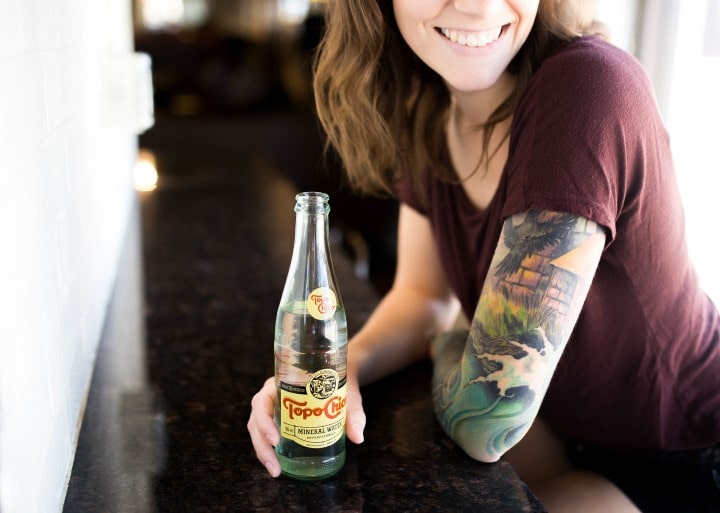
How Easy Is It to Order NA Bevs and Mocktails in Mexico Today?
In the bustling streets of Mexico, finding a mocktail or non-alcoholic drink is as easy as ordering a street taco.
Delicious drinks like Topo Chico, horchata, and aguas frescas abound. Bars and restaurants across the country have warmly welcomed the mocktail wave, mirroring a nationwide shift towards healthier, alcohol-free alternatives!
Tip: Trying to use your Spanish will always score you some brownie points.
Best Places for Mocktails in Mexico
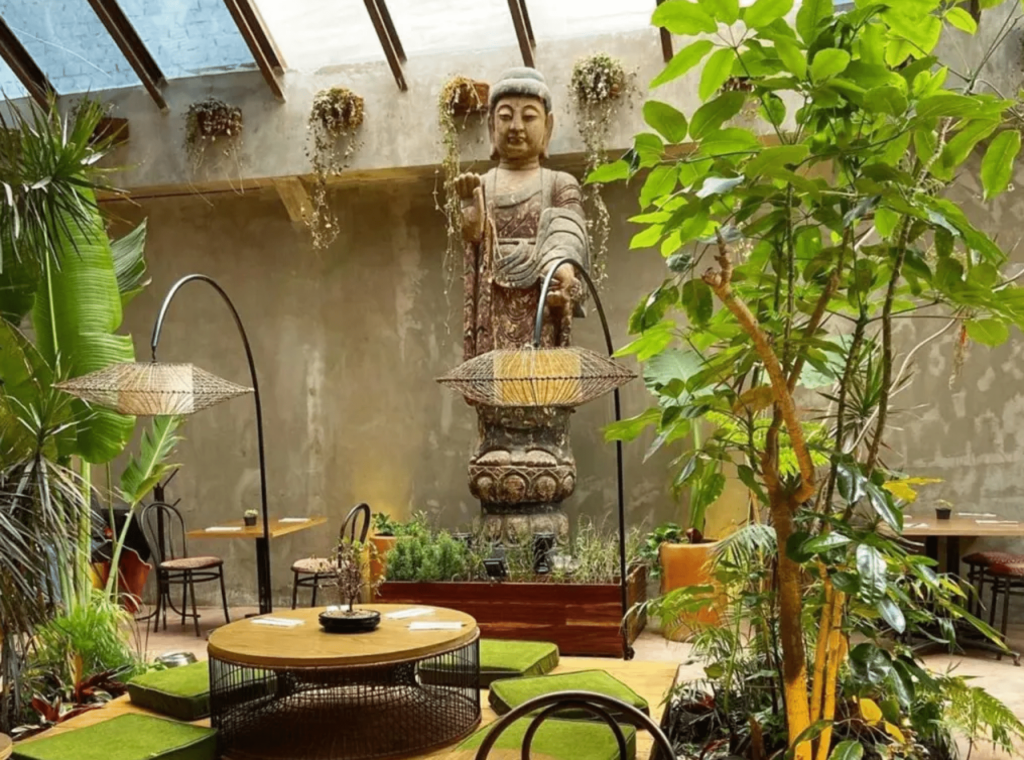
Here are some of the best mocktail bars in Mexico City that are shaking up the mocktail scene and pouring out non-alcoholic masterpieces:
- Plantasia – Inventive plant-based, pan-Asian fare and juices within a venue that whispers zen
- Limantour – Legendary cocktail bar serving clever drinks and snacks in a chic, two-story space and terrace
- Hanky Panky – A true speakeasy with hidden entrances and exits; make sure to grab a reservation
- Fifty Mills – Sip one-of-a-kind mocktails and meet travelers and locals alike at this Four Seasons lounge
- Xaman – Another chic, speakeasy-style bar serving up innovative concoctions in a rustic, dimly lit space
- Handshake – On the list of the world’s 50 best bars, this is another speakeasy with original craft beverages
6 Mexican Non-Alcoholic Mexican Beverages
Now, let’s dive into some of Mexico’s renowned recipes. Here are five traditional non-alcoholic Mexican beverages that will transport your taste buds to the sunny shores of Mexico. Vamos!
1. Agua de Jamaica (Hibiscus Tea)
Origin
Agua de Jamaica is a refreshing hibiscus tea and a beloved staple in Mexican cuisine. It is believed to have originated from the Aztecs. Legend has it that the Aztecs first discovered the delightful combination of fruits in the city of Tenochtitlán and mixed them with chilled water using ice from the nearby dormant volcanoes, Popocatépetl and Iztaccíhuatl.
Over time, this drink evolved into a common beverage enjoyed during mid-day meals, offering a sweet and refreshing respite from the scorching Mexican sun.
Cultural Significance
Agua de Jamaica holds a special place in Mexican culinary traditions and is often served as part of the traditional Mexican “comida corrida” (set lunch menu).
Its tangy and fresh taste is particularly enjoyed during warm Mexican days, making it a go-to beverage. With its vibrant ruby hue and refreshing flavor, Agua de Jamaica really captures the essence of Mexican hospitality and the dedication to natural ingredients.
Agua de Jamaica Recipe
Ingredients:
- 6 cups of water
- 2 cups of dried hibiscus petals
- 1 cinnamon stick
- Pinches of ground cloves, nutmeg and allspice
- ½ cup of chopped piloncillo (you can also use plain brown sugar if piloncillo isn’t available )
- 1 ½ cups of white sugar
Instructions:
1. Boil 6 cups of water in a large saucepan.
2. Add hibiscus petals, cinnamon, cloves, nutmeg and allspice. Simmer on medium-low heat until the water turns deep red (about 30-45 minutes).
3. Stir in the piloncillo until it dissolves. Let it cool for 15 minutes.
4. Strain the liquid into a 1-gallon pitcher, squeeze out as much liquid from the petals as possible. Discard the petals.
5. Stir in the white sugar until it dissolves. Add cold water to fill the pitcher.
6. Serve immediately or let it stand overnight for the best taste.
If you’re longing for a tropical escape, this drink definitely serves as your personal ticket to a sun-drenched Mexican paradise.
2. Horchata
Origin
Horchata is a creamy and refreshing beverage made from ground rice or nuts, often flavored with cinnamon. Although it has ancient Egyptian roots, the Mexican version has become a popular choice in various regions throughout the country.
Cultural Significance
Horchata is a common beverage at Mexican fiestas and is often served alongside spicy foods to help balance the heat. Its creamy texture and subtle sweetness provide a fun contrast to the bold flavors of Mexican cuisine.
Horchata Recipe
Ingredients:
- 1 cup of uncooked white long-grain rice or nuts
- 5 cups of water
- 1 cinnamon stick
- 1/2 cup of milk
- 1/2 – 2/3 cup of white sugar (adjust to taste)
- 1/2 tablespoon of vanilla extract
- 1/8 teaspoon of cinnamon powder for garnish (optional)
Instructions:
1. Combine the rice, cinnamon stick and water in a blender. Pulse for about 1 minute until the rice is coarsely ground (not finely ground).
2. Let the mixture sit at room temperature for a few hours to allow the water to soak up the rice and cinnamon flavors.
3. Place a cheesecloth or fine strainer over a pitcher. Pour the mixture through the cheesecloth, straining out any rice or cinnamon pieces. Squeeze the cheesecloth to extract all the liquid into the pitcher.
4. Add the milk, sugar (start with 1/2 cup and adjust to your desired sweetness) and vanilla extract to the pitcher. Stir well until everything is blended.
5. Refrigerate the horchata until it is chilled and ready to serve.
6. When serving, you can sprinkle a little cinnamon powder on top as a garnish and to enhance the cinnamon flavor.
Enjoy the creamy and thirst-quenching taste of homemade horchata straight from your refrigerator!
3. Virgin Frozen Margarita
Origin
The classic margarita has Mexican origins, and this non-alcoholic version captures the essence of this beloved drink. It’s the perfect balance of tangy lime and citrusy goodness.
Cultural Significance
Margaritas are an iconic part of Mexican cuisine and culture, symbolizing a zestful celebration of flavors and traditions. With this non-alcoholic version, the joy and essence of the classic margarita can be savored by all, ensuring that everyone can enjoy this Mexican classic without the presence of alcohol.
Virgin Frozen Margarita Recipe
Ingredients:
- Lime wedge for garnish (optional)
- Coarse sugar for rimming the glasses (optional)
- 1 can (6 oz) of frozen limeade concentrate
- 3/4 cup of freshly squeezed orange juice
- 2/3 cup of unsweetened grapefruit juice
- 4 cups of ice cubes
Instructions:
1. Start by placing the sugar on a shallow plate. Take the lime wedge and rub the edge of 4 glasses with it. Then, dip the rims of the glasses in the coarse sugar to create a sweet and tangy rim.
2. Combine the frozen limeade concentrate, orange juice, grapefruit juice and ice cubes in a blender. Blend until you achieve a slushy consistency.
3. Pour the frozen margarita mixture into the prepared glasses.
4. Serve and enjoy these frosty, non-alcoholic margaritas with a burst of citrusy goodness.
Sip away and let these virgin frozen margaritas transport your taste buds to a tropical paradise!
4. Agua Fresca de Pepino (Cucumber Limeade)
Origin
Agua Frescas have a long history in Mexican culinary traditions, and this delightful version combines the tropical flavors of pineapple and the crispness of cucumber.
Cultural Significance
Agua Frescas hold a special place in Mexican hearts because they’re especially perfect for scorching hot weather. This non-alcoholic Mexican drink is another prime example of Mexico’s love for using fresh fruits and veggies in their cuisine, highlighting their dedication to bold flavors and all-natural ingredients.
Agua Fresca de Pepino Recipe
Ingredients:
- 2 cups chopped fresh pineapple
- 1 cup of chopped peeled cucumber
- ¼ cup of stevia sweetener (you can also substitute with honey or another sweetener)
- 4 cups of water, divided
Instructions:
1. Combine the chopped pineapple, chopped cucumber, sweetener and 2 cups of water in a blender. Blend until smooth and well combined.
2. Pour the mixture into a pitcher and add the remaining 2 cups of water.
3. Give it a good stir to ensure the flavors are evenly distributed.
4. Adjust the sweetness by adding more sweetener if desired, based on the natural sweetness of the pineapple.
5. Chill in the refrigerator until ready to serve.
6. Serve over ice and garnish with pineapple wedges or cucumber slices for an extra touch of freshness.
Get ready to be transported straight to a tropical paradise with each sip of your Agua Fresca de Piña y Pepino. It’s the perfect way to indulge in a little slice of heaven and beat the heat.
5. Michelada Mocktail
Origin
According to popular lore, “El General” Don Augusto Michel, along with his weary soldiers, would frequent a local cantina in San Luis Potosi. In an effort to boost their morale, Michel would request a beer with lime juice and a fiery touch of hot sauce.
The cantina owner, amazed by the unique and pleasant combination, decided to honor Michel by naming the concoction after him, resulting in the birth of the “michelada”—a fusion of “michel” and “chelada,” which translates to “cold one.”
Cultural Significance
A michelada is a refreshing and flavorful drink that is popular in Mexican culture. It is often enjoyed as a traditional remedy for hangovers or as a spicy and savory drink to accompany meals. This non-alcoholic version captures the essence of the michelada’s unique blend of flavors, without the addition of alcohol. With its zesty and savory profile, the michelada mocktail adds a lively twist to any gathering or celebration.
Michelada Mocktail Recipe
Ingredients:
- 1 lime wedge
- Tajín or chili powder for rimming the glass
- Tomato juice or Clamato
- Worcestershire sauce
- Hot sauce (such as Tabasco)
- Soy sauce or Maggi seasoning
- Salt and pepper
- Ice cubes
- Lime slices and celery stalks for garnish (optional)
Instructions:
1. Take a lime wedge and run it around the rim of a glass. Dip the rim into Tajín or chili powder to create a spicy rim.
2. Fill the glass halfway with tomato juice or Clamato.
3. Add a few dashes of Worcestershire sauce, hot sauce and soy sauce or Maggi seasoning.
4. Season with salt and pepper according to your taste preference.
5. Fill the glass with ice cubes and stir gently to combine the flavors.
6. Garnish with lime slices and a celery stalk.
Sip and savor the bold and tangy flavors of this michelada mocktail, perfect for any fiesta or laid-back days at la playa.
6. Atole
Origin
Atole has been consumed for thousands of years, dating back to pre-Columbian times when the Aztecs and Maya civilizations were prominent in Mesoamerica. These civilizations used maize (corn) as a staple food, and a
Atole is made from masa (corn dough), water or milk, and it is sweetened and flavored with ingredients such as chocolate, vanilla, cinnamon, and various fruits, depending on regional variations.
Cultural Significance
Atole is seen as a comforting and nourishing beverage, especially for children and the elderly. It is known for its warmth and ability to provide sustenance.
Atole is an integral part of various traditional celebrations and holidays. It is often served alongside tamales, a popular combination during festivities like Las Posadas and Dia de la Candelaria in Mexico.
Different regions have their unique versions of atole, with variations in flavor and ingredients. For example, champurrado is a chocolate-flavored atole, while atole de tamarindo is a tamarind-flavored variant.
Atole Recipe
Ingredients
- 2/3 cup masa harina (corn dough)
- 4 cups milk (you can also use water for a lighter version)
- 1/2 cup sugar (adjust to taste)
- 1 cinnamon stick or 1 teaspoon ground cinnamon
- 1 teaspoon vanilla extract
- Pinch of salt
Instructions
- In a small bowl, mix the masa harina with 1 cup of milk until it forms a smooth, lump-free paste.
- In a large saucepan, combine the remaining 3 cups of milk, cinnamon, and a pinch of salt. Heat the mixture over medium heat, stirring occasionally, until it begins to simmer. Do not let it boil.
- Gradually whisk the masa harina mixture into the simmering milk. Stir constantly to avoid lumps and continue to cook over medium heat.
- Add the sugar and continue to stir the atole as it thickens. This process can take about 10-15 minutes. If it gets too thick, you can add more milk to achieve your desired consistency.
- Once the atole has thickened to your liking and the raw masa taste is no longer present (it should have a smooth, creamy consistency), remove it from the heat.
- Stir in the vanilla extract to add flavor.
- Remove the cinnamon stick if you used a whole one.
- Serve the atole hot in mugs or bowls. You can sprinkle a little extra ground cinnamon on top for garnish, if desired.
- Enjoy your homemade atole!
Remember that atole can be customized with different flavors such as chocolate, fruit purees, or nuts, depending on your preferences.
¡Arriba, Abajo, Al Centro, Pa’ Dentro!
Ready to elevate your mocktail game and dive into the sprightly world of non-alcoholic Mexican beverages? Grab your ingredients and let your taste buds embark on a trip to la playa.
Whip up one of these recipes and savor the authentic flavors of Mexico from the comfort of your own home.
Don’t forget to check out The Ultimate Guide to Alcohol Alternatives in 2023 for more enticing and easy-to-make beverage inspirations!
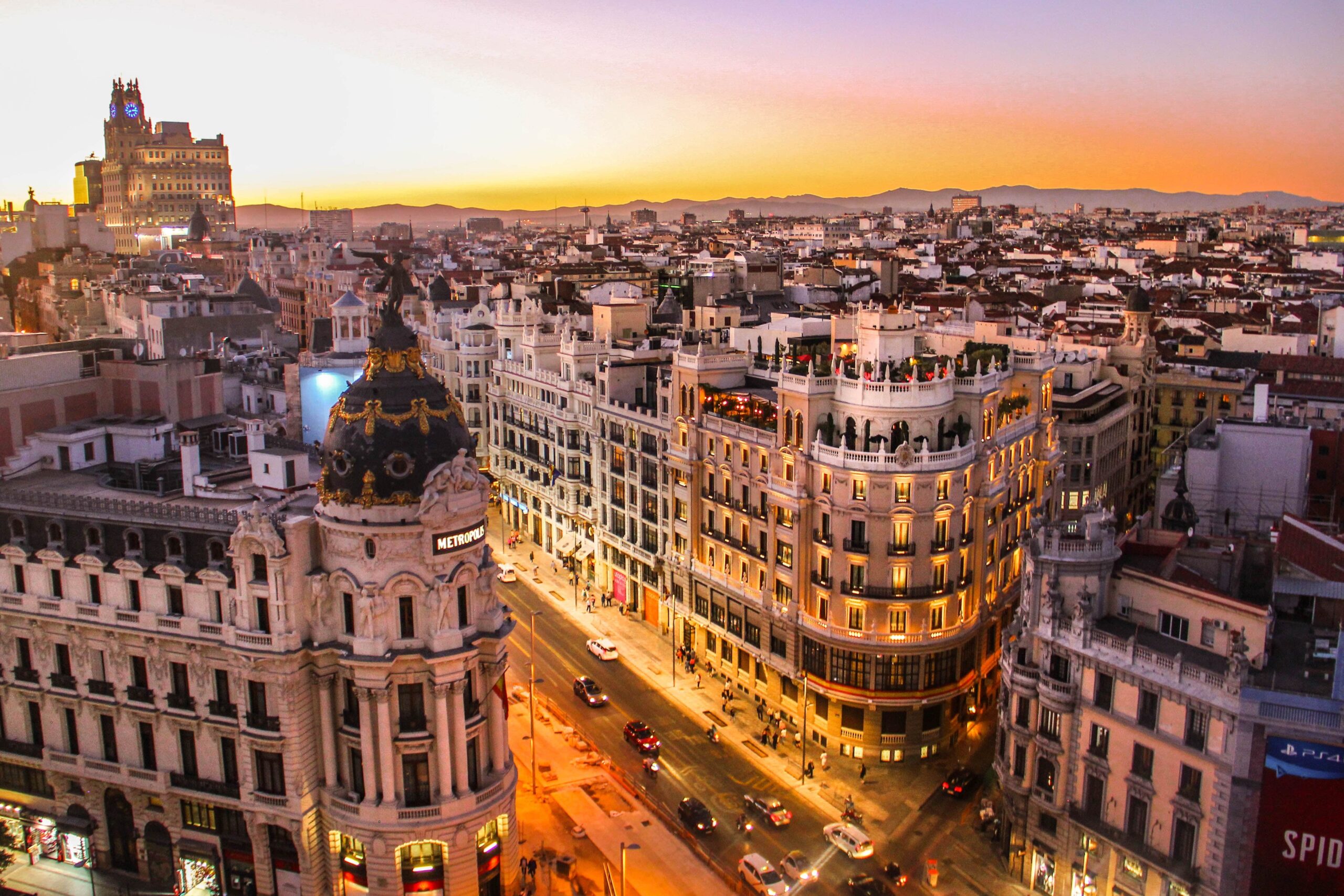

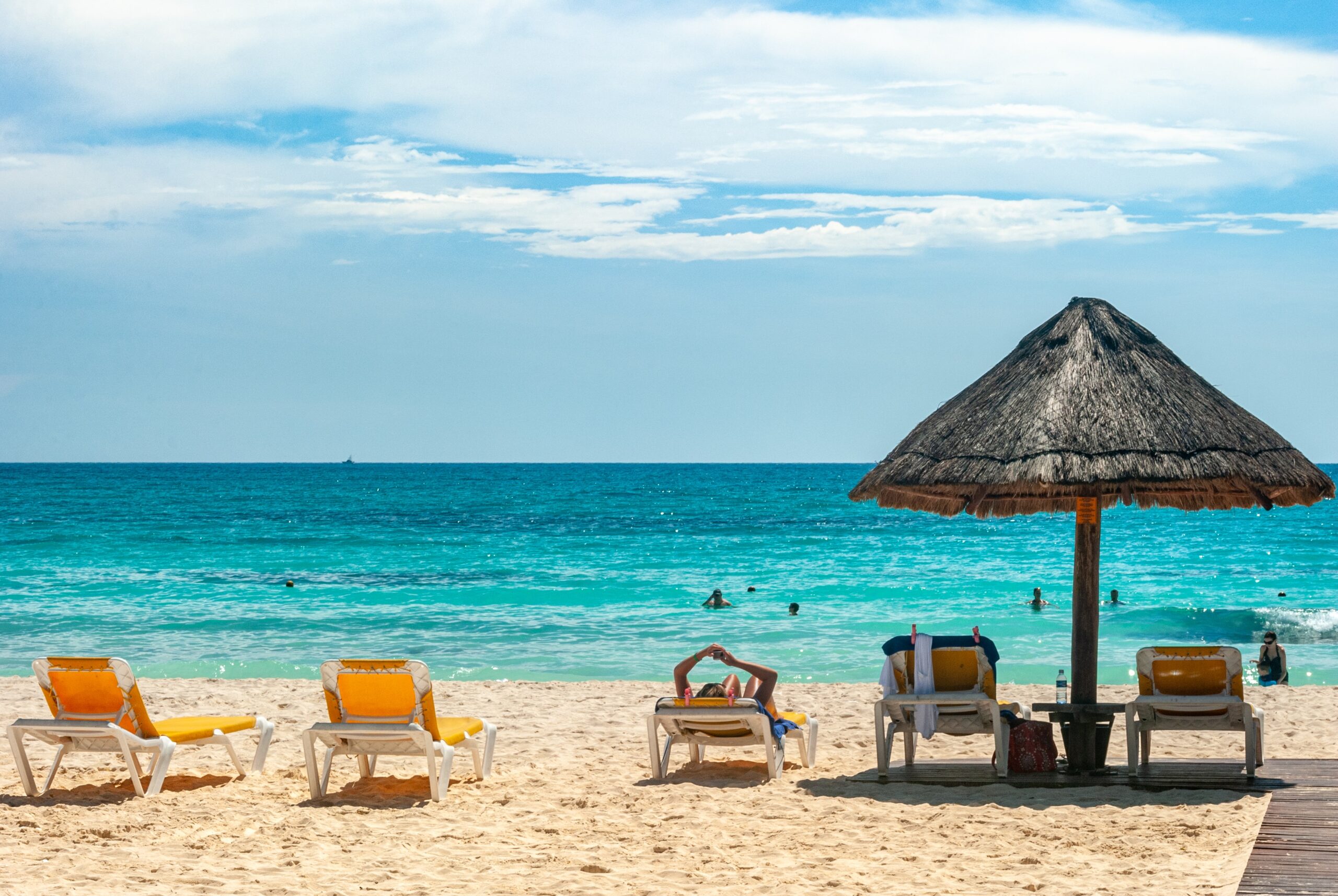
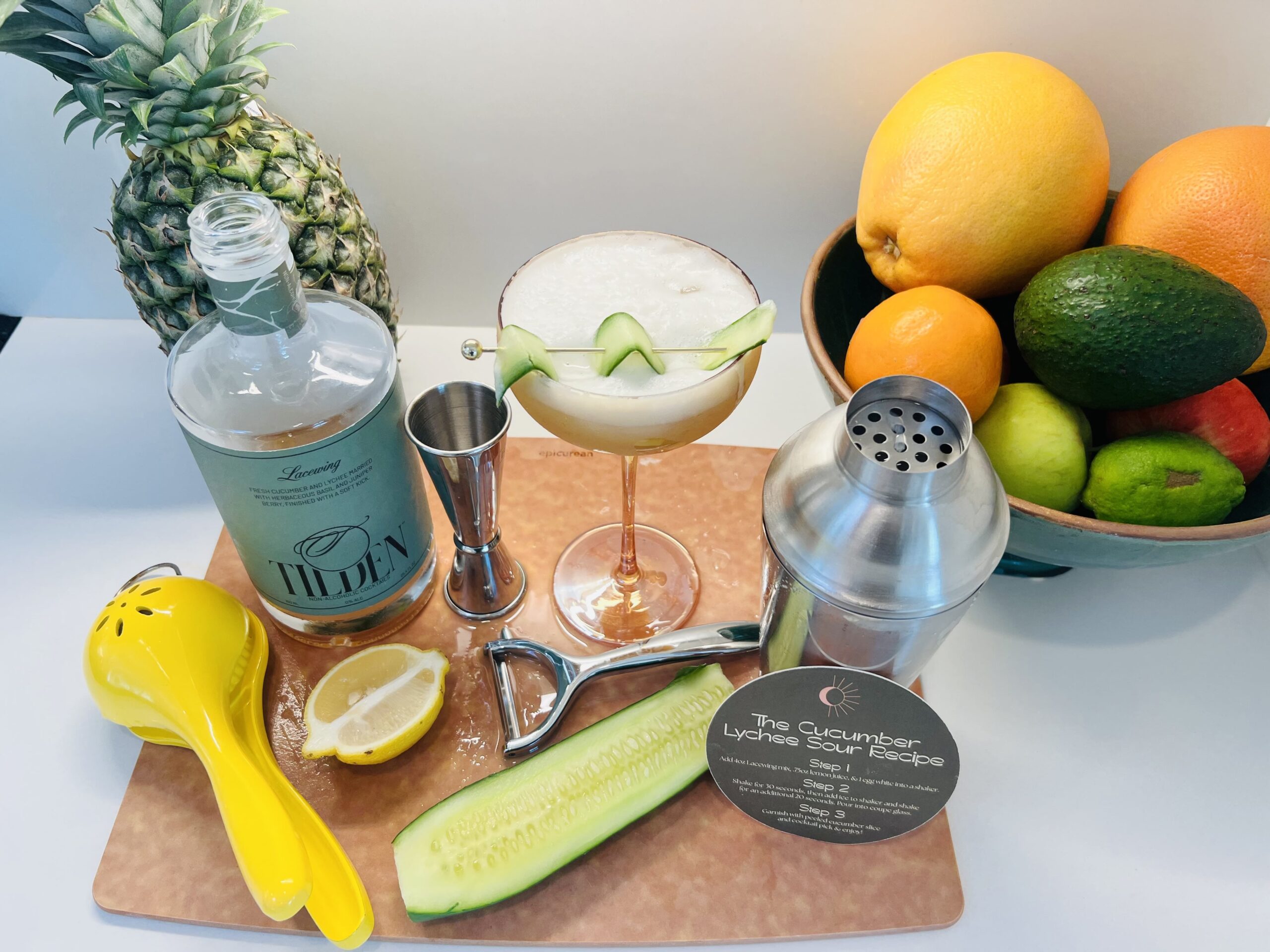

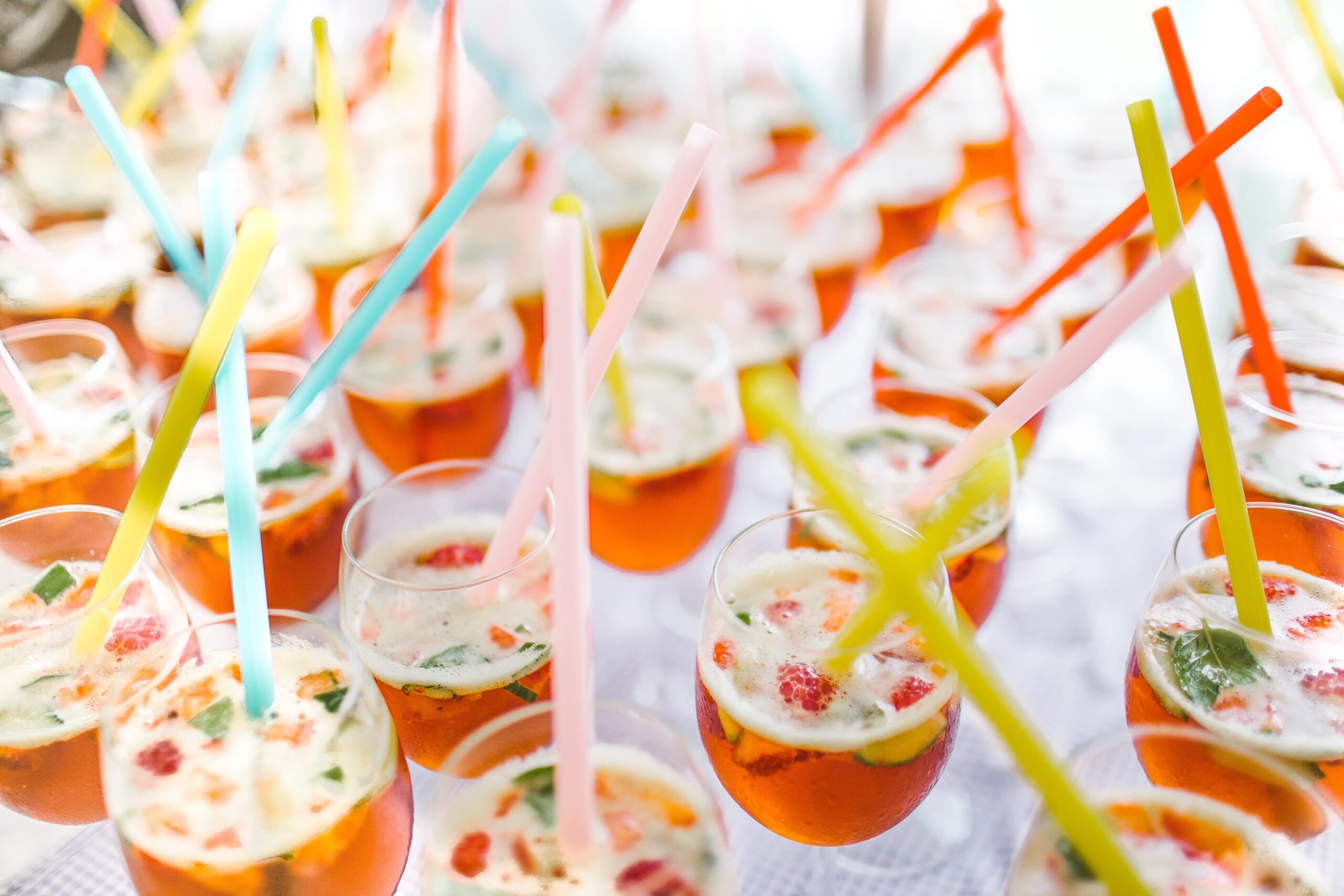
Leave a Reply